Top Things to Know Before Buying Indoor Plants For Sale Near Me
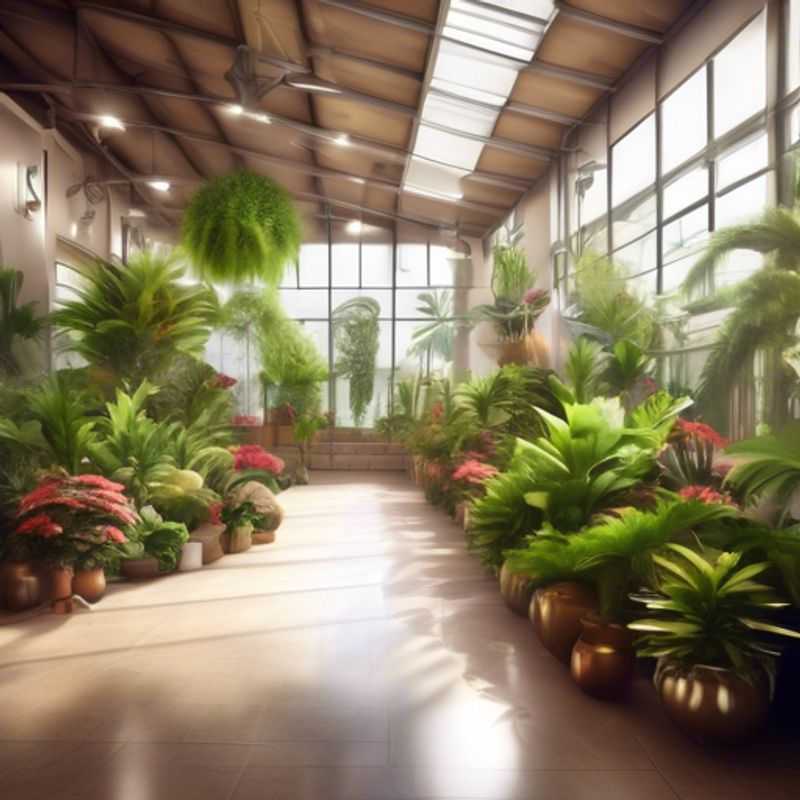
Top Things to Know Before Buying Indoor Plants For Sale Near Me: Research Care Requirements, Measure Space, Consider Light Needs, Pet-Friendly Considerations, Inspect for Pests and Diseases, Inquire About Origin, and Plan for Growth and Repotting
Ah, the allure of verdant life indoors! It's a wonderful way to bring nature's tranquility into our homes. But before you succumb to the charm of those lush green leaves, there are a few crucial things to consider. Think of it as a pre-flight checklist for your botanical adventure!
First and foremost, research the specific plants' care requirements before purchasing. Just like us, plants have their own preferences. Some thrive in bright light, others prefer shade. Some enjoy a good soak, others prefer a light misting.
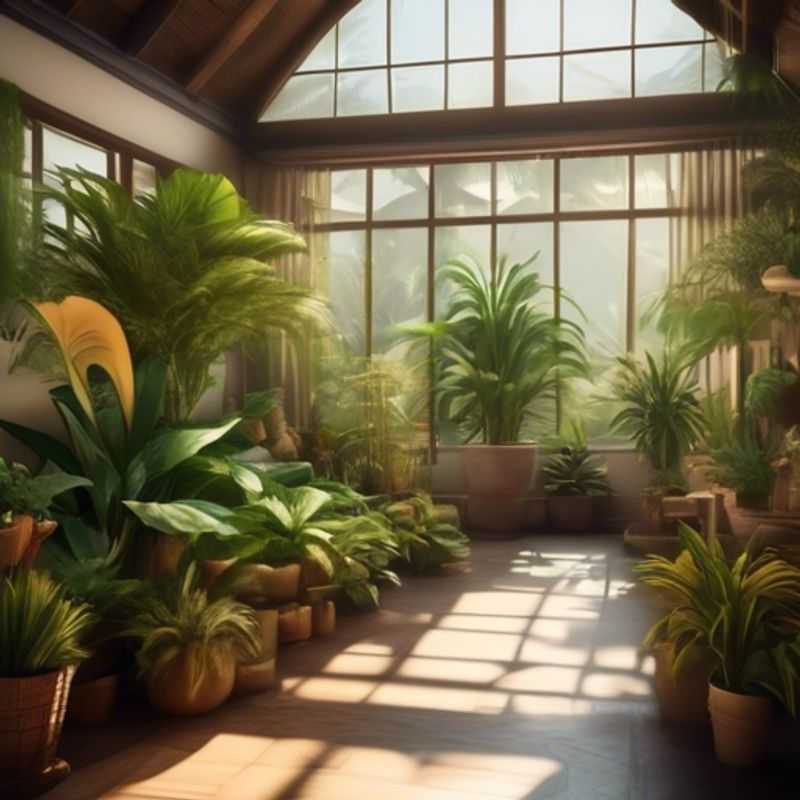
Don't Bring Home a Plant Without This Essential Step: Researching Its Care Requirements
Bringing a new plant home is exciting, but before you fall in love, research its care requirements. Each species has unique needs for light, water, and soil.
Don’t assume all plants thrive in the same conditions. Some need bright direct light, while others prefer indirect light. Similarly, some plants require frequent watering, while others tolerate dryness.
Understanding a plant's needs helps ensure its long-term health and prevents disappointment. This research takes a bit of time, but it's worth it for the satisfaction of successfully nurturing your plant. Think of it as an investment in a healthy, happy plant companion!
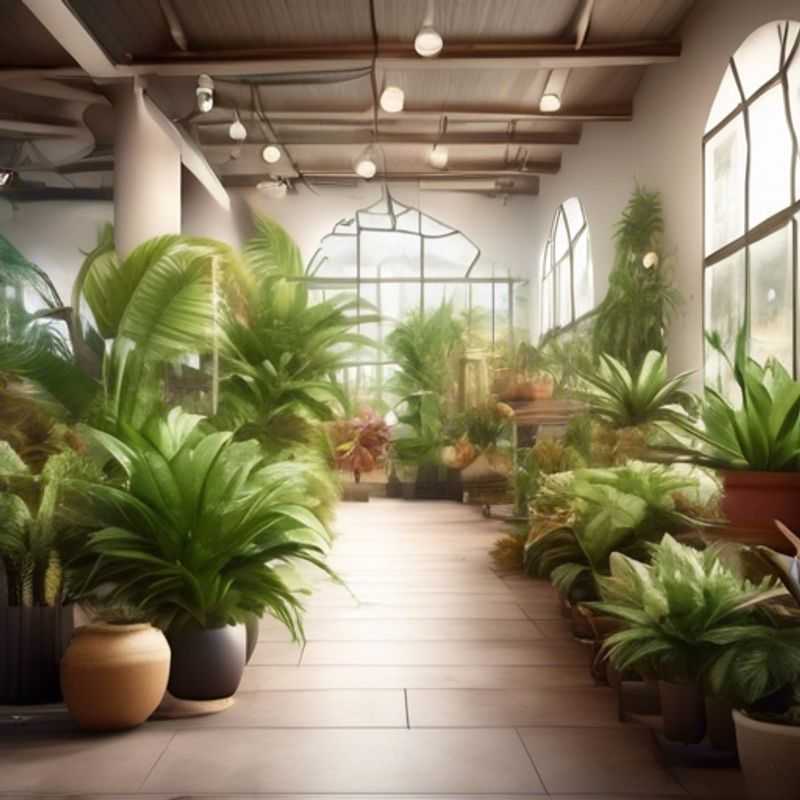
Measure Twice, Plant Once: How to Ensure Your Green Friend Has Enough Room
Before bringing a plant home, it's crucial to ensure you have enough space for it to thrive. Measure the area where you plan to place the plant. This includes the height, width, and depth of the space. Consider the plant's mature size, as it will likely grow larger over time.
Check for any obstructions, such as furniture, windows, or walls, that could limit the plant's growth or access to sunlight. If you have pets, ensure the plant is not accessible to them. Take note of any potential hazards, such as drafts, excessive heat, or cold temperatures. Choose a spot that provides optimal growing conditions for your specific plant.
If you're unsure about the size or growth habits of a plant, don't hesitate to consult with a garden center professional or do some research online. With a little planning, you can select the perfect plant for your home and ensure it has the space it needs to flourish.
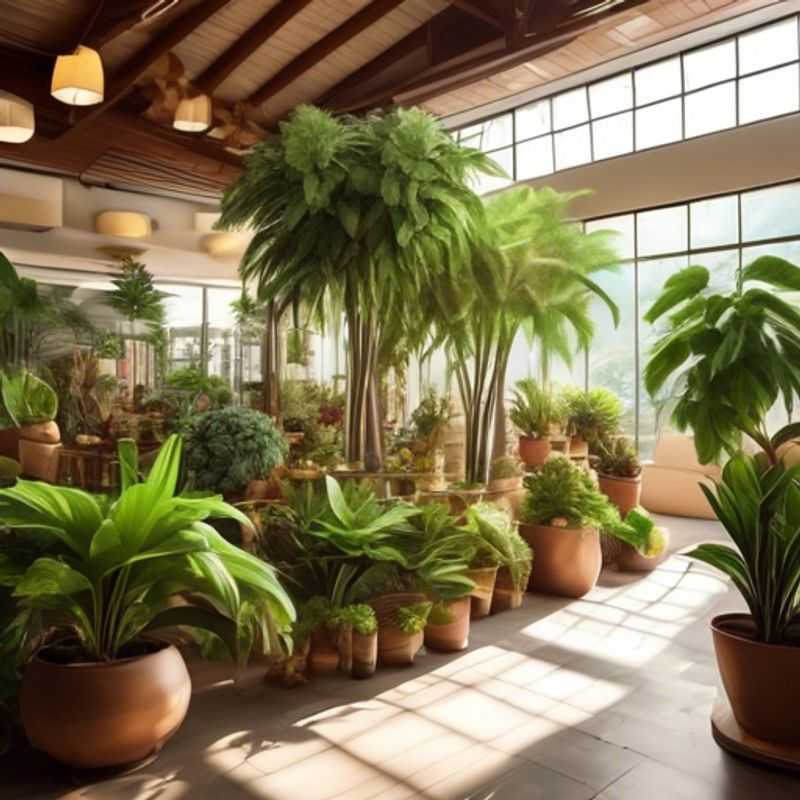
Light It Up: How Much Illumination Does Your Space Need?
When planning any project, considering the amount of light a location receives is crucial for both aesthetic and functional purposes. Light influences not only the visual appeal but also the growth of plants, energy efficiency, and mood within the space. Here are some essential factors to keep in mind:
1. Sunlight Exposure: Determine whether the area receives full sun, partial shade, or full shade. This affects plant selection and energy consumption, as well as the comfort of outdoor spaces.
2. Time of Day: Observe how light changes throughout the day; morning light differs from afternoon light in intensity and warmth. This can impact activities planned for the location.
3. Seasonal Changes: Be aware that light availability can change with the seasons, affecting both indoor and outdoor spaces. This is particularly important for gardening and landscaping.
4. Artificial Lighting: If natural light is insufficient, consider investing in artificial lighting solutions. This may include LED lights, solar-powered options, or smart lighting systems to enhance visibility and ambiance.
5. Local Climate: Geographic location plays a role in light availability. Areas closer to the equator typically receive more consistent sunlight, while regions with frequent cloud cover may require additional planning for light.
6. Building Orientation: The position of buildings can cast shadows. Analyzing the layout can help optimize light usage for both interior and exterior environments.
When estimating costs for activities related to light management, consider expenses such as landscaping services, lighting installation, and any potential renovation costs to maximize natural light. Understanding these elements will ensure a well-informed plan that enhances the usability and enjoyment of the space.
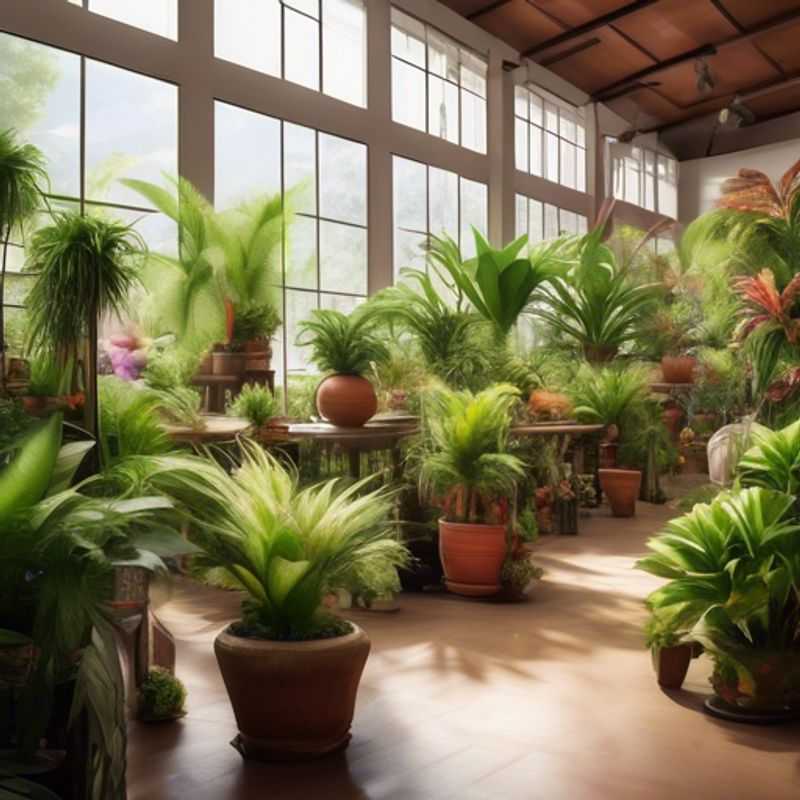
Is That Plant Pet-Friendly? A Guide for Furry Families
Bringing greenery into your home can be a wonderful way to enhance its aesthetic appeal and improve air quality. However, if you share your space with pets, it's crucial to ensure your plant choices are safe for them. Many common houseplants contain toxins that can be harmful to pets if ingested.
To determine if a plant is pet-friendly, it's essential to research specific plant species before bringing them home. A comprehensive online search using keywords like "pet-friendly plants" or "toxic plants for pets" can provide valuable information. Look for reliable sources, such as websites of veterinary organizations or plant databases.
Pay attention to common symptoms of plant poisoning in pets, which may include vomiting, diarrhea, lethargy, tremors, or loss of appetite. If you suspect your pet has ingested a toxic plant, it's crucial to contact your veterinarian immediately. They can provide appropriate medical care and advice.
For additional peace of mind, consider keeping plants out of reach of your pets. Placing plants on high shelves, hanging baskets, or behind barriers can deter your pets from accessing them. You can also use pet-safe deterrents, like citrus peels or commercially available sprays, to discourage nibbling.
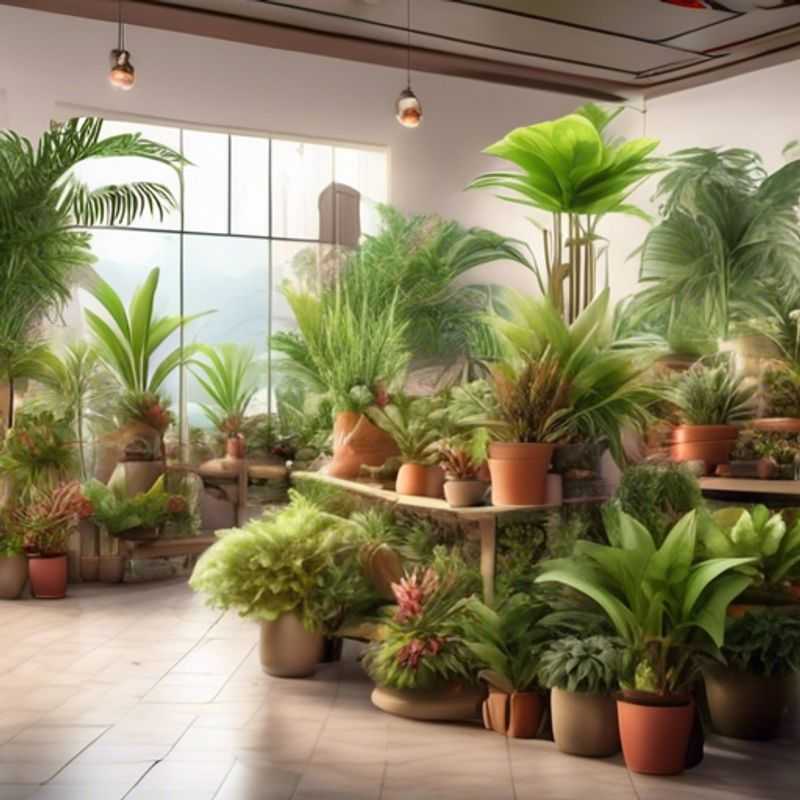
Pest and Disease Detectives: Inspecting Plants for Trouble
Regularly inspecting your plants for signs of pests and diseases is crucial for maintaining their health and preventing widespread problems. Here's what to look for: Visual Inspection: Examine the leaves, stems, and flowers closely for any unusual changes. Look for discoloration, wilting, spots, holes, or webbing. Pest Evidence: Check for insects, mites, or other small creatures on the plant. Look for droppings, eggs, or molted skins.
Disease Signs: Pay attention to any powdery mildew, rust, or other fungal growths. Also, look for discolored or distorted growth. Overall Plant Health: Observe the plant's overall growth rate and vigor. Any sudden decline in growth could be an indication of a problem. Early Detection: Early detection of pests or diseases is key to effective treatment. By acting promptly, you can often prevent significant damage to your plants.
Treatment Options: Depending on the specific pest or disease, you can choose from various treatments. Some options include insecticidal soap, neem oil, fungicides, or organic pest control methods. Always consult a gardening expert or agricultural specialist for recommendations.
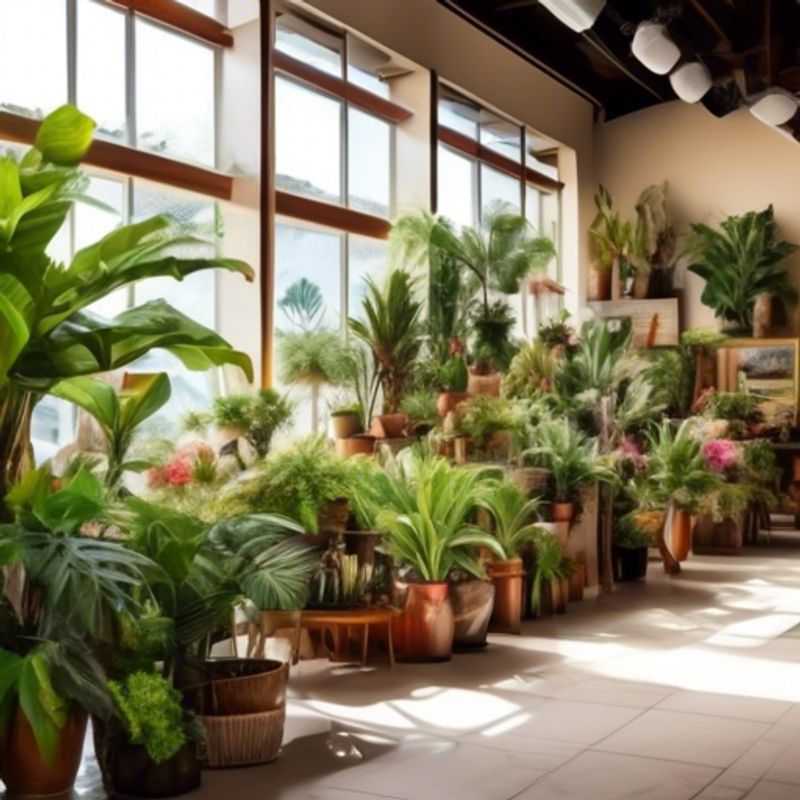
From Seed to Shelf: Understanding Your Plant's Journey
When you're considering purchasing a plant, understanding its origin and growing practices can be crucial. This knowledge helps you ensure you're getting a healthy plant and understand its needs. You can often obtain this information by asking the seller directly or researching the plant's species online.
Asking about the plant's origin can provide insight into its history and potential adaptations. For example, learning if it's locally grown or imported can inform you about its resistance to local conditions. Understanding how the plant was grown can be crucial for its future care. Did it grow in a greenhouse or outdoors? What kind of soil and watering practices were used? The answers to these questions will help you replicate successful growing conditions in your own environment.
Here are some tips for inquiring about a plant's origin and growth:
Be specific in your questions. For example, "Where was this plant grown?" or "How was it watered?" Look for signs of good growing practices.Healthy foliage, a well-developed root system, and a thriving overall appearance can indicate good care.
Remember, researching your plant's species and growth requirements can provide valuable information to ensure its continued well-being. Armed with this knowledge, you can make informed decisions about the plant's care and enjoy its beauty for years to come.
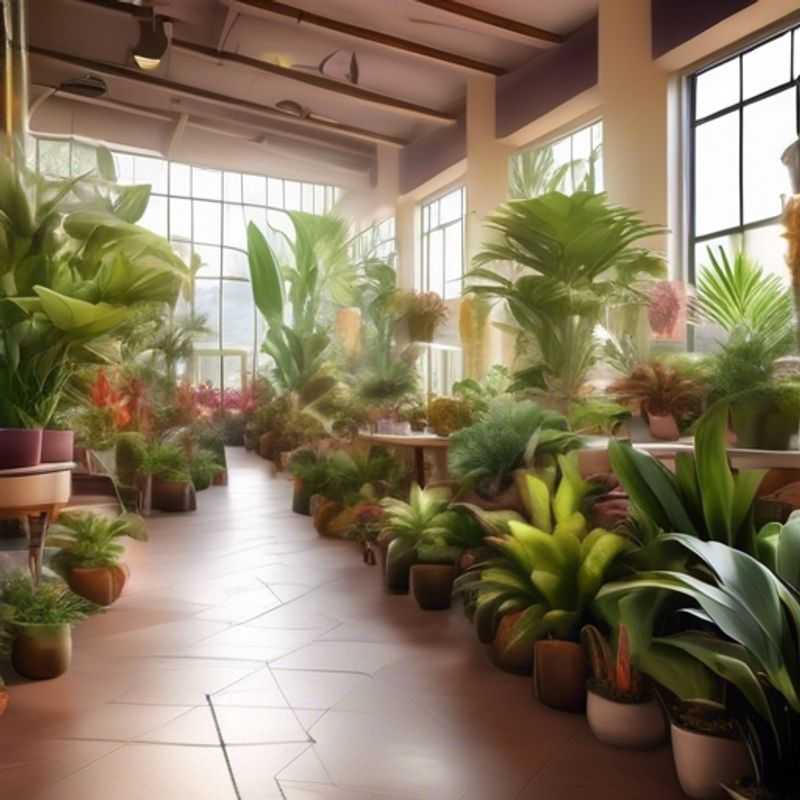
Planting for the Future: A Guide to Long-Term Growth and Repotting
Planning for your plants' long-term growth is essential for their health and your enjoyment. As plants mature, they'll need more space and resources. Knowing how big your plant can potentially grow is crucial, as this will determine when it's time to repot. Consult a plant care guide or a reliable online resource for the expected size of your specific plant.
Repotting is typically done when roots become overcrowded, indicated by roots growing out of the drainage holes or the plant becoming pot-bound. To determine when to repot, you'll need to consider the size of the pot, the plant's growth rate, and its overall health.
When repotting, choose a pot that's only slightly larger than the current one. Using too large a pot can lead to root rot. Repotting involves carefully removing the plant from its old pot, inspecting the roots, and then placing it in a new pot with fresh potting soil.
You can find various types of potting soil, each formulated for specific plant needs. Choose a soil mix suitable for your plant's requirements. Repotting is a relatively simple but essential step in plant care.
The frequency of repotting depends on the plant's growth rate and the size of the pot. Fast-growing plants may need repotting annually, while slow-growing plants may only need it every few years. Keep a watchful eye on your plants, and don't hesitate to repot them when necessary.
Remember, the goal is to provide a healthy environment for your plants to thrive. With careful planning, you can ensure your plants have the space and resources they need to grow into their full potential.
